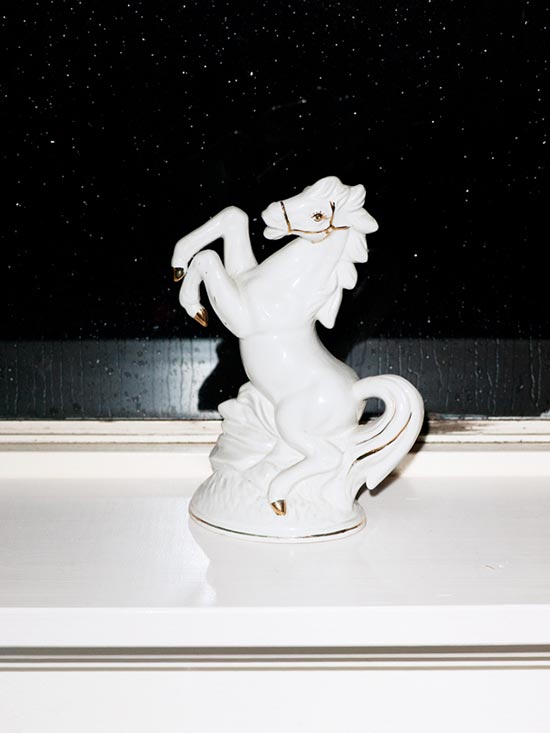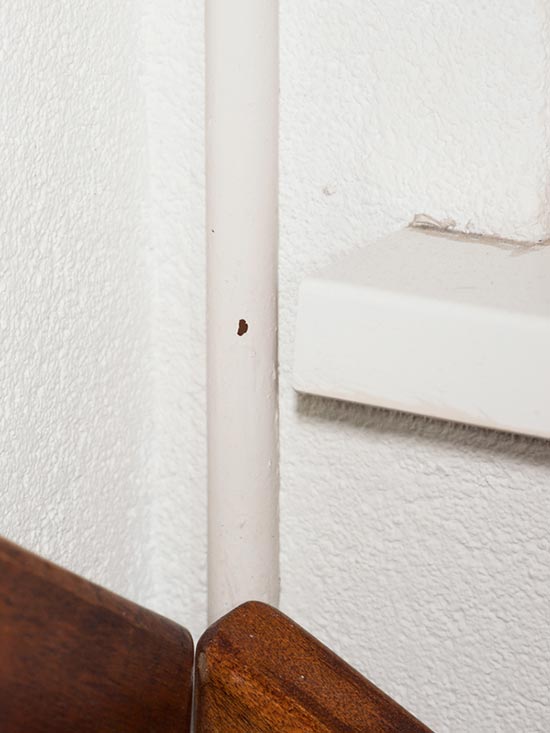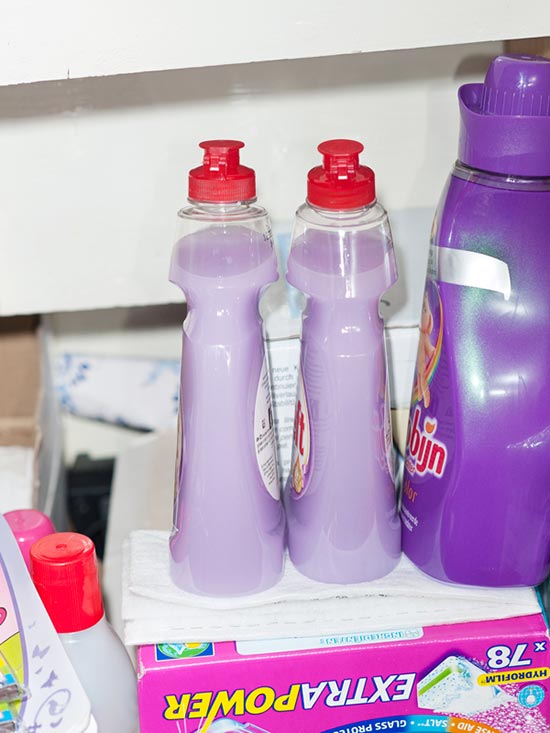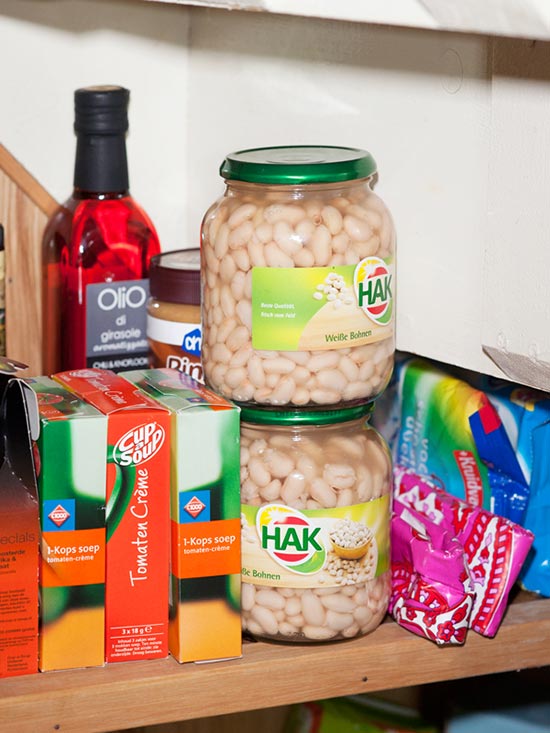Your Own House: Maurice Van Es

The daily and the mundane are often overlooked and disregarded, victims of their nature of familiarity and eternal aptitude for being replaced and renewed. Domesticity is so customary to so many that its significance is lost amid changing actions and hopes; it serves as the silent, comfortable backdrop for existence. The eye turns naturally forward, yet the past is seductive. Actions may be the vehicle through which dreams and goals are achieved but they too become churned into the past, a memory locked away and unchangeable. Dutch photographer Maurice Van Es focuses his attention on these memories and the process of turning daily action into reflections and artifacts.
In one sense, Van Es’s series individually contribute to the overarching theme of his still emerging career, a documentation of the present as it solidifies into the past. In his artist’s statement, he declares that ‘The fact that you can take a picture that refers to a moment in time that will never come back inspires me to photograph’, a subject matter explored in a handful of distinct yet dovetailed manners. In To me you are a work of art, he trains his camera to Duchampian ‘sculptures’ created by his mother – a pile of folded towels, two remote controls stacked upon one another – making his parents’ home a sort of museum to the art of domesticity. Van Es’s photographs are remnants of everyday existence, modern ruins and ziggurats and pyramids of domesticity unwittingly cast in cloth or wood. They are accidental monuments to a crisp moment, a memory preserved in pixels. Yet they are terribly familiar. According to Van Es, ‘You can find these traces in your own house too.’
The wall stains and chips of paint that make up another series, Blank Starting Points, are also traces of daily activity in Van Es’s parental home, but even the original ‘creators’ of each monument do not realize their actions, and don’t share the same experience in viewing the remnants.. As Van Es wrote, ‘The strange thing is that all my family members have different stories about these spots. And most of the time nobody knows what happened.’ The childlike attention to these otherwise insignificant details throw the residual memory of domesticity into a sharp shadow of revered remembrance and beatification. Physical items or blemishes are turned into relics that represent a time, a snapshot or sliver of life in his past that can only be accessed through the debris of living. In terms of style, these selections represent an interesting, macro-directed negation of photography. Classic, traditional form and composition are broken down with relentless focus and tightening to make the daily rituals and memories as intimate and familiar to the viewer as they are to the creator.
For Textures of Childhood, it is significant that these are photographs of photographs, a double representation of the memories that inspired the work. The idea of the facsimile experience prevalent in Van Es’s work is echoed succinctly in his series Discount, a catalog of mundane, mass-produced consumer objects his mother purchased twice. Discount represents a literal doubling of domestic activity, and an examination of the production of memory. My Parents Now is the most staunch representation of memory in Van Es’s work. Two portraits presented each in an individual photograph (again, an example of the photographic facsimile), polished frames gleaming in an otherwise dark room. The portraits are grainy and dark but are, presumably, of Van Es’s parents. We can see their faces but cannot make out details, the glare of the lens and the darkness of the room overtaking the clarity of the past despite our best efforts to preserve the specific and the momentary. Memory is murky but remains the ever-present document of life and action. ‘You can find these traces in your own house too.’








